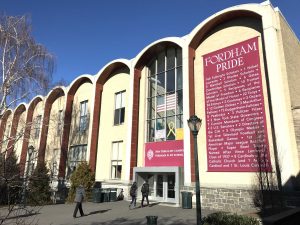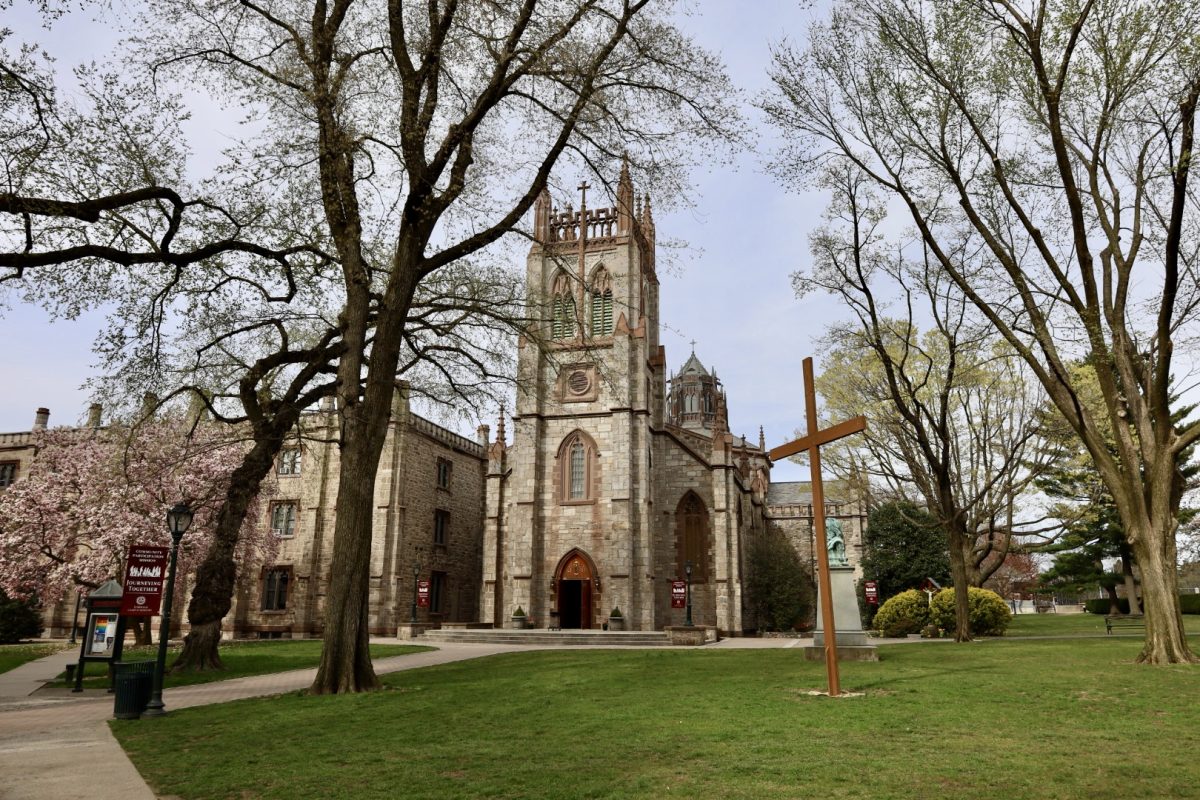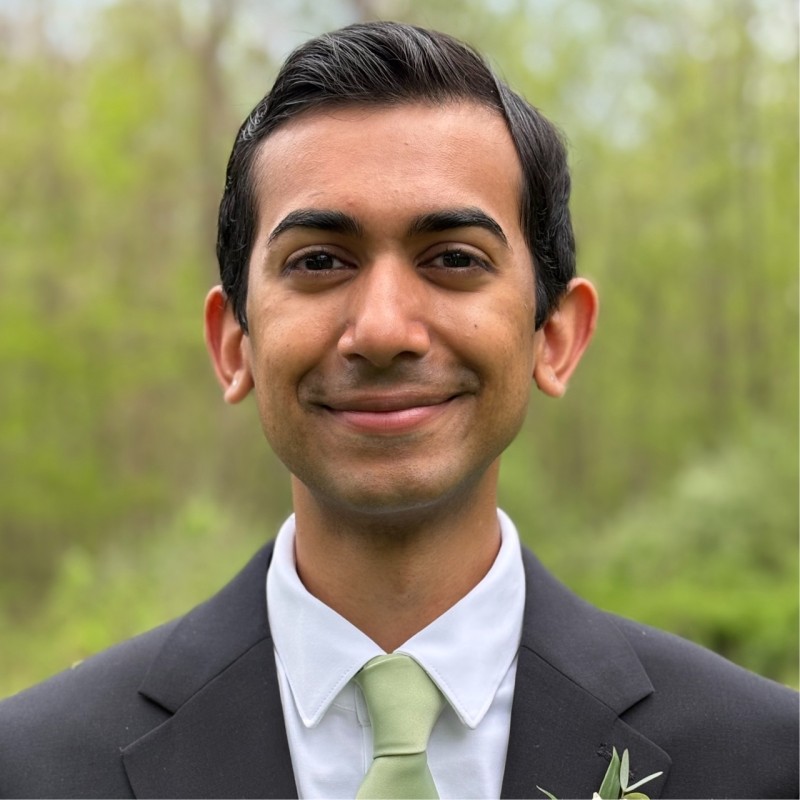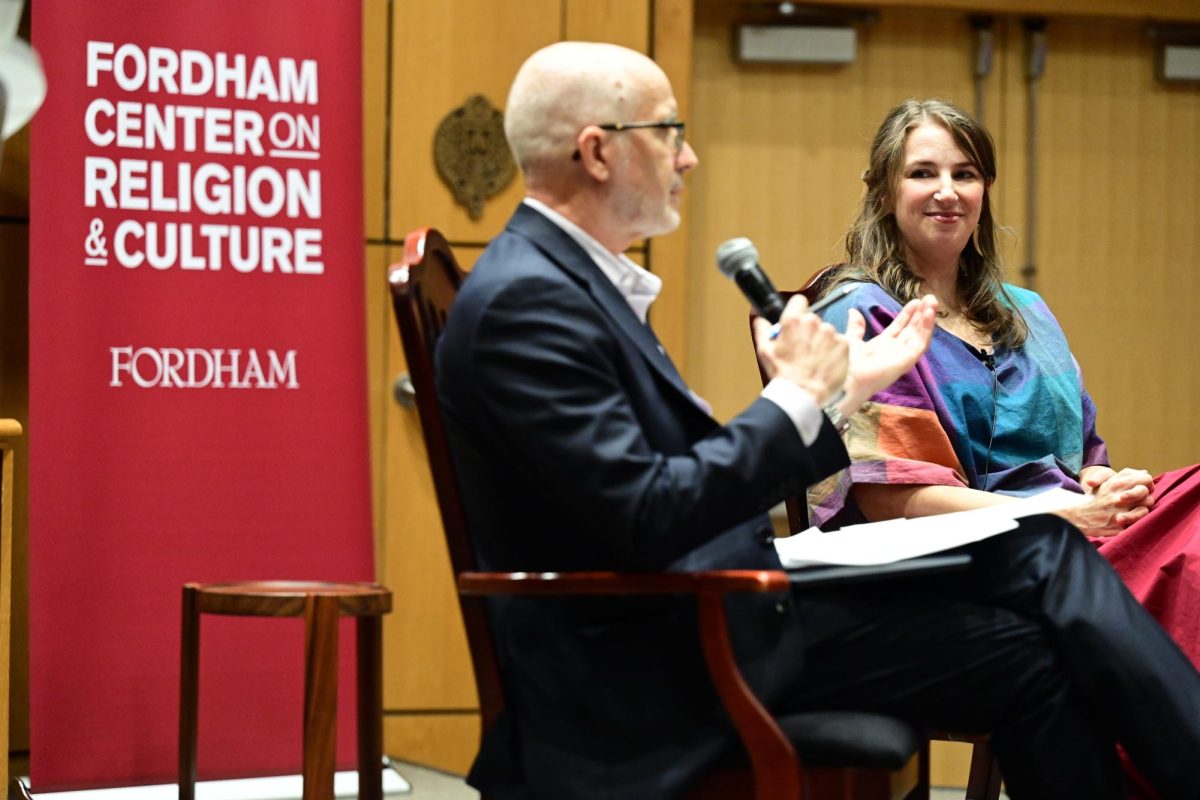By Aislinn Keely

A petition circulating around campus is requesting a new student center to be the next capital project undertaken by Fordham, updating the current McGinley Center. Though it is still gathering signatures, the petition was given to the Board of Trustees during its December meeting, according to Jeffrey Gray, senior vice president for student affairs.
The petition addressed problems surrounding the McGinley center, focusing on a lack of space for all the activities it houses.
“Resolved: We, the students of Fordham University, hold that all members of the community should have comfortable and accessible places to congregate outside of the residence halls, easy access to food at mealtimes, adequate fitness facilities, as well as multiple well-furnished spaces for clubs to meet,” it read.
The petition breaks down each of these grievances in succinct points beneath the initial resolve. It has gathered 100 signatures thus far with an internet campaign and tabling on the horizon, according to Erin Shanahan, FCRH ’18, co-writer of the petition.
Shanahan and Peter Vergara, FCRH ’18, wrote the petition in response to a discussion with Gray about the process of approval for capital projects. The members of Fordham Club, a council of students chosen to put forth initiatives for the Fordham community, decided to draft a petition to show student support for the prioritization of a new student center, according to Shanahan. She and Vergara drafted the petition at the end of last semester.
This semester, Shanahan said she hopes it gains even more signatures with the upcoming campaigns.
“We want to get it in the hands of more club leaders on campus… especially clubs that are in McGinley and have to deal with the facilities,” said Shanahan.
Once drafted, the Fordham Club submitted the petition to Gray through his Advisory Council, a group of students who represent different areas of the community. Gray said that many petitions come across his desk, but this was the first addressing a need for a new student center.
“I thought it was well done,” said Gray. “I think it represents in a limited way the interests and the voices of students who are here now.”
However, Gray said this is not the first discussion of a new student center. He said he has spoken extensively with students about the importance of the capital project. There have also been design concepts drawn up for possible student centers.
“This is certainly not the first time we’ve had conversation about this,” he said.
According to Christopher Rodgers, assistant vice president and dean of students, the appreciation of McGinley’s past will not stand in the way of an update the facility.
“It’s abundantly clear that our student population, our clubs and organizations and our staff and faculty—this bustling culture at Rose Hill, in other words—has grown out of our circa 1950s campus center,” he said. “Though many of us have grown to appreciate McGinley over the years, we’ve been planning for several on how best to grow, researching other similar campus facilities across the country, and talking with many of our students about their ideas.”
Gray said that the Fordham community has outgrown the current McGinley Center, with a growing need for club and programming space in addition to communal spaces.
“There’s a bit of a shortage of all of that on the campus,” said Gray.
Some clubs have felt the lack of space more acutely. Nemesis Dipre, FCRH ’18, president of the Commuter Student Association (CSA), said CSA fully supports the initiative and she herself has signed the petition.
“Currently, McGinley Center isn’t big enough for everything students want to accomplish on campus,” she said. “As a student of color and a commuter at Fordham, I would love to see more space on campus for all students to socialize.”
Dipre said a new center would create space for collaboration between residents and commuters.
“Commuters, residents and even faculty and administration always talk about bridging the gap between residents and commuters, but this is quite difficult when there are barely any physical spaces for this to happen,” she said. “With these new renovations, McGinley could provide future students with these spaces.”
Brian Reardon, FCRH ’18, president of United Student Government (USG), said students have been receptive towards the petition partly because of lacking experiences in the current center.
“Personally I believe that a new student center means the ability for clubs to do the substantive work that many are lacking the space to do,” said Reardon.
USG has given its full support of the petition and has worked to widen its distribution, according to Reardon.
“USG’s thought is that a new student center would mean adequate space for all members of the Fordham community. That is something that we all ran on, finding ways in which we can somehow negotiate with the administration of Fordham to help as many students as possible,” he said.
However, capital projects with a large price tag face a long process, according to Gray.
“There are competing interests and competing projects for limited resources,” he said.
These competing projects include a new science center, a convocation center that would double as a basketball arena and a recreation center. The large scale nature of these projects lead to collaborative decisions, according to Gray.
“It’s not possible to do all those projects, so you have to make decisions on which projects get prioritized,” he said.
There have been discussions of combining a student center with a recreation center, according to Gray. He said that, second to a stand-alone student center, students have also expressed interest in a combined facility on surveys.
Currently, Gray said there are preliminary conversations surrounding design concepts and funding models for a new center. Cost will be determined as the process continues. The next step will be to finalize a design and funding model, and then create a timeline for the project.
“It seems to be moving in a good direction,” said Gray.
However, as the project moves on, problems regarding operation will have to be addressed. Keeping necessary spaces, such as dining, in operation during a renovation pose a challenge, according to Gray.
“This is a fairly complicated project,” he said. “It’s a complicated phasing to figure out how to add on while keeping spaces in operation.”
Gray said he will continue to lobby for a student center due to the research he has conducted and conversations he has had with students. He said when prioritizing capital projects, he looks for the greatest impact to the greatest number of people.
activities it houses (http://216.230.117.32/section3/section43/section49/index.html)







































































































































































































